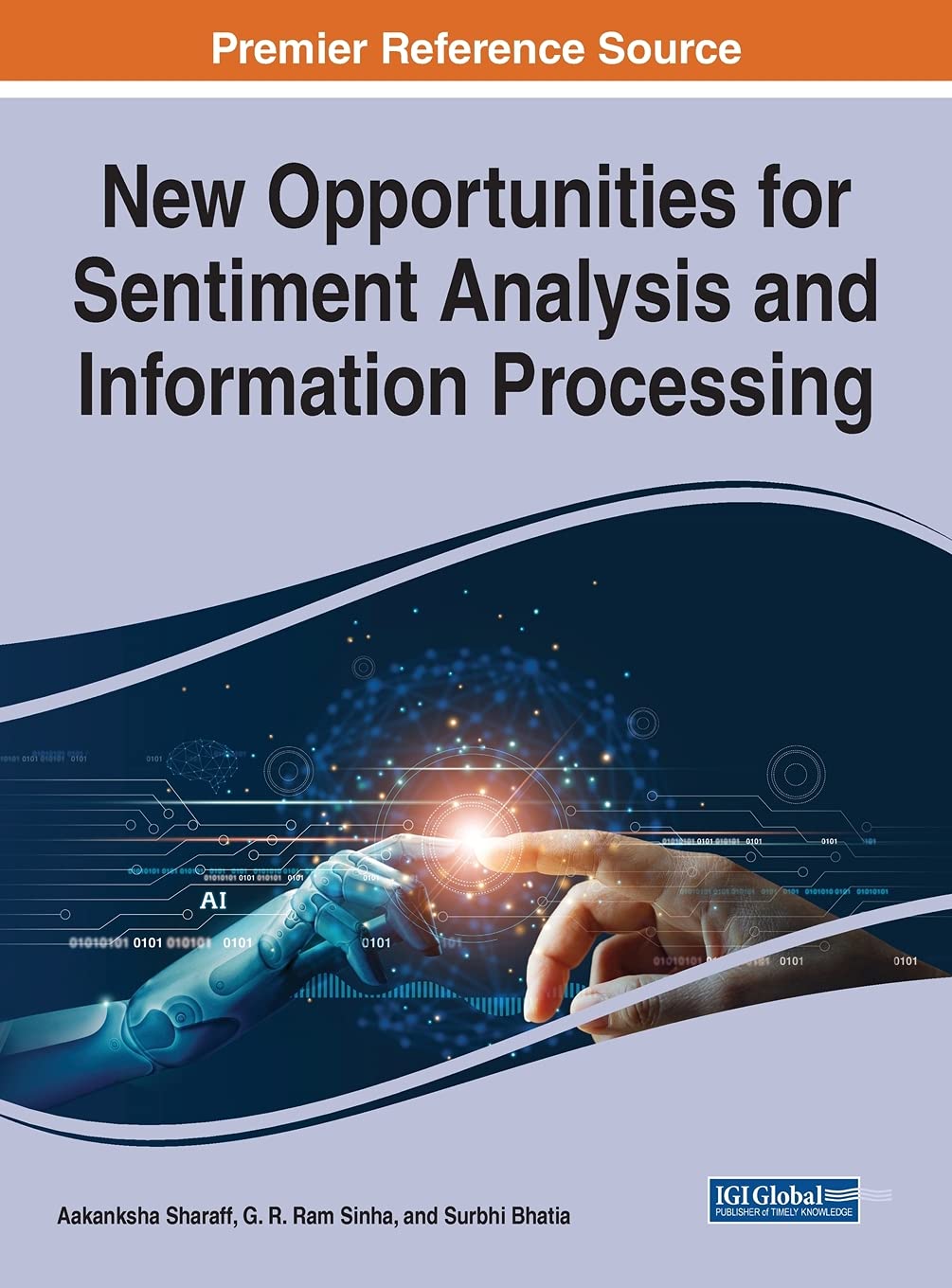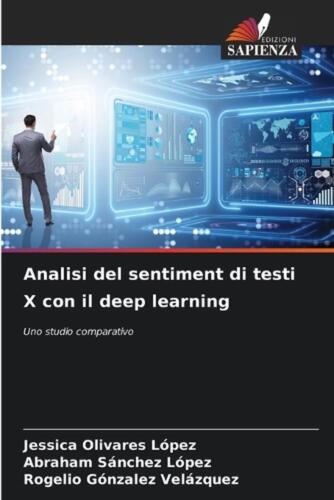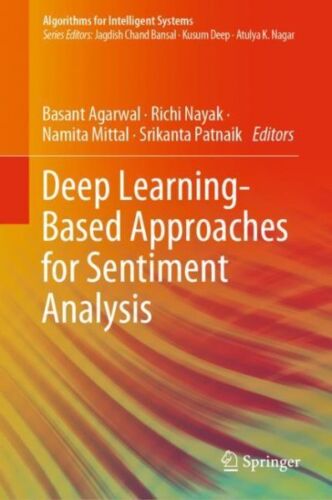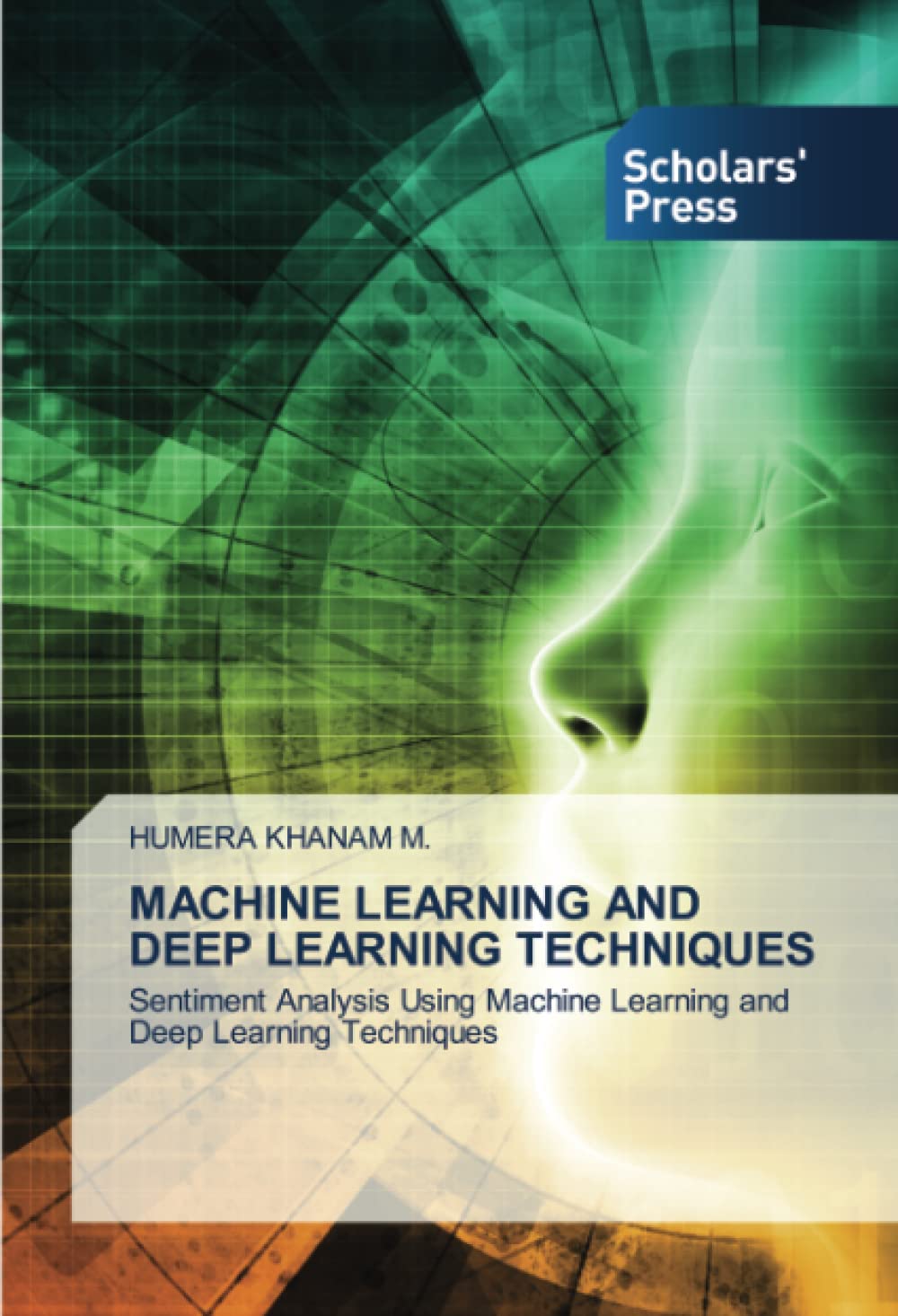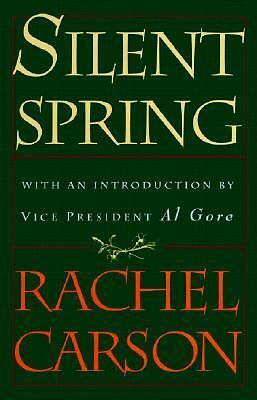Sentiment analysis is a powerful tool that can help businesses understand how customers feel about their products or services. By analyzing text data, businesses can gain valuable insights into customer opinions and preferences. One popular method for sentiment analysis is using recurrent neural networks (RNNs), a type of deep learning model that is particularly well-suited for processing sequential data.
In this step-by-step guide, we will walk through the process of implementing RNNs for sentiment analysis. By following these instructions, you can build a sentiment analysis model that can accurately classify text data as positive, negative, or neutral.
Step 1: Data Collection and Preprocessing
The first step in any machine learning project is to collect and preprocess the data. In the case of sentiment analysis, you will need a dataset of text data labeled with sentiment labels (e.g., positive, negative, neutral). There are many publicly available datasets for sentiment analysis, such as the IMDB movie reviews dataset or the Twitter sentiment analysis dataset.
Once you have your dataset, you will need to preprocess the text data by tokenizing the text, removing stopwords, and converting the text into a format that can be fed into the RNN model.
Step 2: Building the RNN Model
Next, you will need to build the RNN model for sentiment analysis. In this step, you will define the architecture of the RNN model, including the number of layers, the number of neurons in each layer, and the activation functions used.
One common architecture for sentiment analysis is a simple RNN model with an embedding layer, an LSTM (Long Short-Term Memory) layer, and a dense output layer. The embedding layer converts the input text data into a dense vector representation, the LSTM layer processes the sequential data, and the dense output layer classifies the sentiment of the text data.
Step 3: Training the RNN Model
After building the RNN model, you will need to train the model using the labeled text data. During training, the model will learn to classify the text data into the correct sentiment labels by adjusting the weights and biases of the neural network.
To train the model, you will need to define a loss function (e.g., cross-entropy loss) and an optimization algorithm (e.g., Adam optimizer). You will also need to split the dataset into training and validation sets to evaluate the performance of the model during training.
Step 4: Evaluating the RNN Model
Once the RNN model has been trained, you will need to evaluate its performance on a test dataset. By feeding the test data into the trained model, you can measure the accuracy, precision, recall, and F1 score of the sentiment analysis model.
If the model performs well on the test data, you can deploy it to classify new text data and gain insights into customer sentiments. If the model does not perform well, you may need to fine-tune the hyperparameters of the model or try a different architecture.
In conclusion, implementing RNNs for sentiment analysis can be a powerful tool for businesses looking to understand customer opinions and preferences. By following this step-by-step guide, you can build a sentiment analysis model that accurately classifies text data and provides valuable insights for decision-making.
#Implementing #RNNs #Sentiment #Analysis #StepbyStep #Guide,rnn





